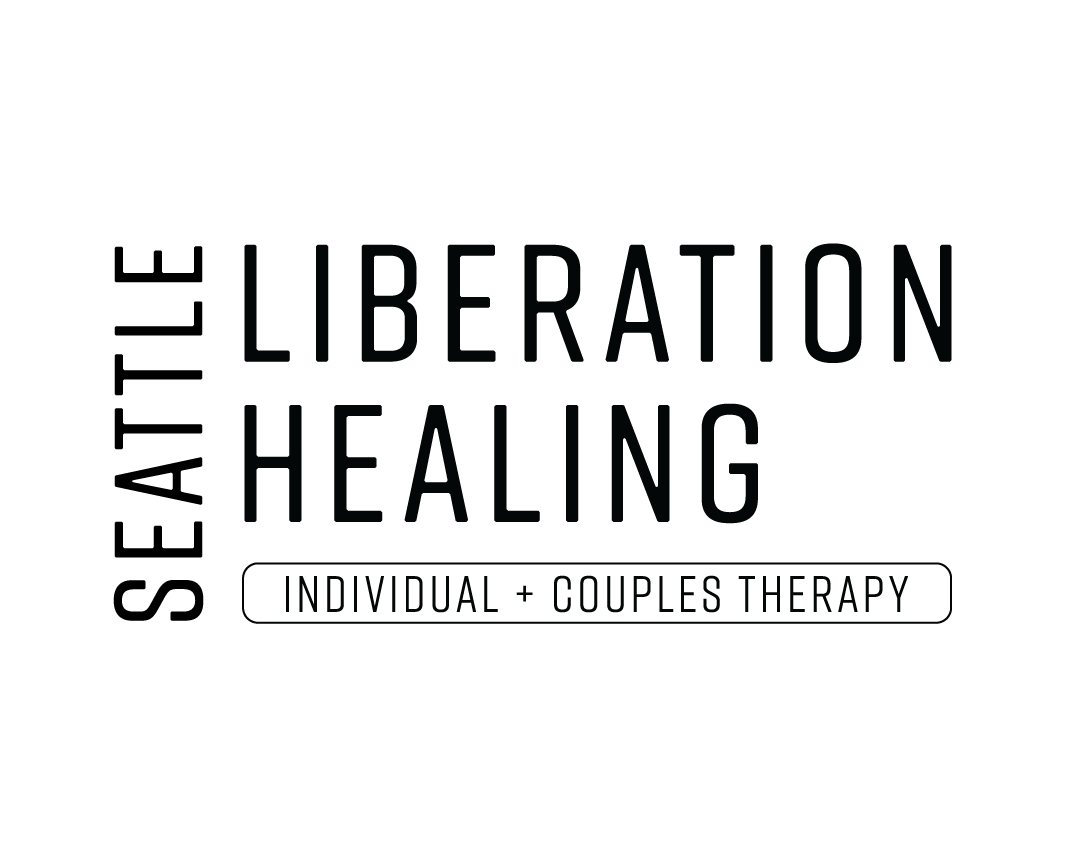Ways to Stop Fawning
Understand What Fawning is
Read and understand what fawning is
Pete Walker’s definition: “The Fawn response is one of four defensive reactions to ongoing trauma. Those who fawn tend to put the needs and wants of others ahead of themselves at the cost of the health of their own egos, and the protection of and compassion for themselves.”
From: http://www.pete-walker.com/fourFs_TraumaTypologyComplexPTSD.htm
Understand Where Fawning Comes From
The form and function of fawning
Ask yourself plenty of questions
Practice curiousity
Were you praised for being good growing up?
Were you agreeable?
Were you quiet and kept to yourself?
Were you rarely a nuisance?
Did you not complain even if you had a right to?
Were you aware of not being a burden to others?
Survival mechanism/skill: Did you learn this as a response to adverse and traumatic early childhood experiences?
What would have happened if you didn’t fawn growing up? What were the effects?
Explore Where The Feeling Lives In Your Body
Understanding your reaction/trigger is a great way to better understand ways to soothe/regulate yourself when you want to fawn
Under pressure/conflict/tension, do you:
Contract (get tense) —-> Notice, become aware of contraction/tension, practice bodily practices to untense
Avoid (go away) —> Understand why you want to avoid, regulate the anxiety, slow down, connect with yourself, connect with others
Confront (go toward) —> Take a break, take a breath, pause, slow down
Disassociate (shut down) —> Ground yourself and get back into your body and into feeling more safe
You can also think of:
Fight
Flight
Freeze
Fawn
Fright
Express Your Needs & Wants (Make Requests)
I need…
I want…
It would be nice…
Could you?…
If it’s too difficult to start with a statement, start with a question or request
Hey, this is really hard for me to even ask you for help. Could you help me with this?
Don’t Swallow/Internalize Your Feelings
Feel them
Process them
Name them
Research shows it takes about 90 seconds to fully process an emotion. Anything leftover is what we are still attached to.
Say No More Often
Understand that saying no is normal and healthy
Someone else’s reaction to your no is okay too. Not everyone has to agree with you.
Saying no gives you the opportunity to do more of the things you want to do and spend more time with the people you want to spend it with
Put Yourself First/Spend Time With Yourself & Figure Out Your Desires
Figure out what you like by practice, experimentation, and repetition
If you’re always agreeable and unsure what sorts of food you like, try a wide range of foods.
Examples: Try different types of eggs. Fried eggs. Boiled eggs. Scrambled eggs. Eventually, you’ll figure out what eggs you like. Or even if you enjoy eating eggs!
Try this experimentation in every aspect of your life. With your career/job, friends, hobbies, films, music, fashion, art, tv shows, style, etc.
The goal is to center yourself: your interests, your wants, your needs.
Reframe & Reminders
It’s okay to make mistakes
Mistakes don’t define you
Mistakes teach you
There’s a difference between nice and kind
Nice is overrated. Nice can be cultural. Nice can be a social norm
Be kind. Kindness is intentional. Thoughtful and compassionate
Perfection doesn’t exist
We are all deeply flawed
Life is messy
I’m doing the best I can with what I have
I’m learning a new way of being and doing. Since I was never taught healthy boundaries and communication, I am learning a new language.
I’m doing good enough. I am good enough.
Take A Pause/Break
Slow down
Breathe
Go away
Go to a different room
Go for a walk
Not everything needs an answer right in the moment, even if you feel pressured to do so
Keep It Simple
Stop over explaining
Practice saying 1 sentence under pressure and wait for the persons’ reaction
Try not to mind read others. Ask them instead. Wait for the answer.
Double the trouble, double the work: Spiraling in your own mind. Spiraling and worrying what others think of you.
Compassion
Meet yourself with compassion and love
Simply say, “I hear you. This is hard. I am learning to love you.”
“Even though I feel x, I deeply and completely accept myself.
Apologize Less
No need to say I’m sorry all the time
Don’t apologize if you didn’t do anything worth apologizing for
Gratitude
Say thank you more often
Even if it feels strange to receive gifts, love, affection, just say thank you.
Or if it’s too hard, again, try starting with: “I’m learning to say thank you and it’s really hard. I really appreciate your gift. Thank you”
Practice & Repeat
We are what we practice
Have a daily practice everyday where you get out of your head and into your body
The healing work is long, difficult, nonlinear, and for most people, valuable, useful, and effective
Trauma Resources
Looking for more trauma resources? Click here for a list of evidenced based trauma therapies, books, and workbooks.
How To Heal From Trauma Without Therapy (Or In Conjunction To Therapy)
Read more about how to heal from the impacts of trauma in addition to therapy or without therapy here.
Read My Other Blog Posts on Trauma
